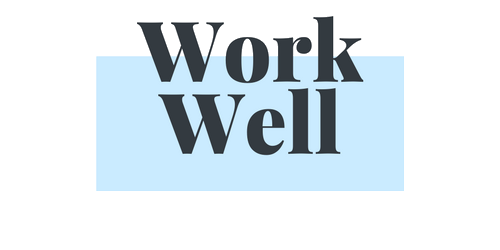David Shanklin is the Head of Culture Strategy at CultureIQ, a company that builds software to help organizations better understand their internal culture.
Follow David on LinkedIn. Sign up to get new Work Well articles.
Can you tell me a little about your role as Head of Culture Strategy?
It’s three fold: 1. I serve my own portfolio of client accounts by partnering with them to understand their organizational culture and facilitate meaningful conversations with leadership to drive change; 2. I support the rest of the Culture Strategy team with their growth, development, and client work; and 3. I am an active member of CultureIQ’s leadership team, so I work on our own culture, strategy, direction, etc.
What does culture mean at CultureIQ?
We believe the Culture is how and why work gets done in an organization. Often times the “why” is dropped from the definition of culture, but we feel this is a critical component to understanding and shifting behaviors (i.e., culture) in an organization.
How do you measure the health of a company’s culture? What are the most important metrics?
We do this through employee surveys in which we measure 10 core qualities common to high-performance cultures and benchmark these qualities against high-performing peers. We also analyze which culture qualities most impact employee engagement. Finally, we measure up to 9 strategic culture dimensions for our clients.
The “health” of these metrics is determined by a company’s business strategy, competitive advantage, and customer needs, and therefore is unique to every organization.
CultureIQ is a great tool for evaluating how companies can improve their culture. Are there any other tools that your team uses internally?
We use collaboration tools like Slack and Airtable to enable our tactical work. However, when it comes to culture, my personal belief is that the leader him or herself is the best “tool.” There is no substitute for meaningful conversations with employees, authentic recognition and appreciation, and investing time in people’s growth and development.
Being a culture company doesn’t make managing our own culture any easier than any other organization, and it’s the responsibility of each of our leaders to show up every day and put in that hard work.
This brings me back to your initial question about my role: I see my primary measures of success as our clients experiencing positive growth in their cultures and my team believing that I’m the best boss they’ve ever had. Realistically, I probably can’t achieve that for everyone that ever works on our Culture Strategy team, but I also can’t imagine a more meaningful goal to strive for.
How did you find yourself with a career in culture?
This sounds cheesy, but I love data and I love people. I started my career working for a nonprofit focused on leadership development through service. The mission was amazing, yet I missed working with numbers. The culture space provided the perfect blend of focusing on critical leadership, people, and business challenges while being exceptionally quantitative. For me, I truly get the best of both worlds.
Want more articles just like this one? Sign up here to get them delivered right to you.






0 comments